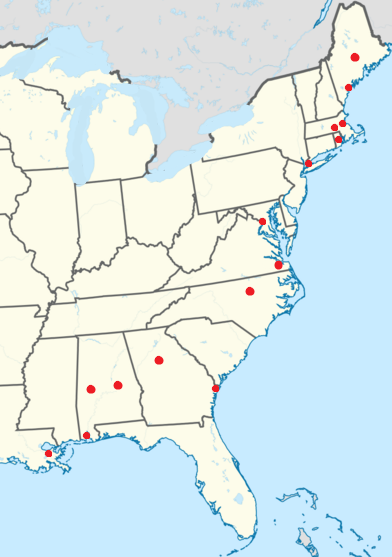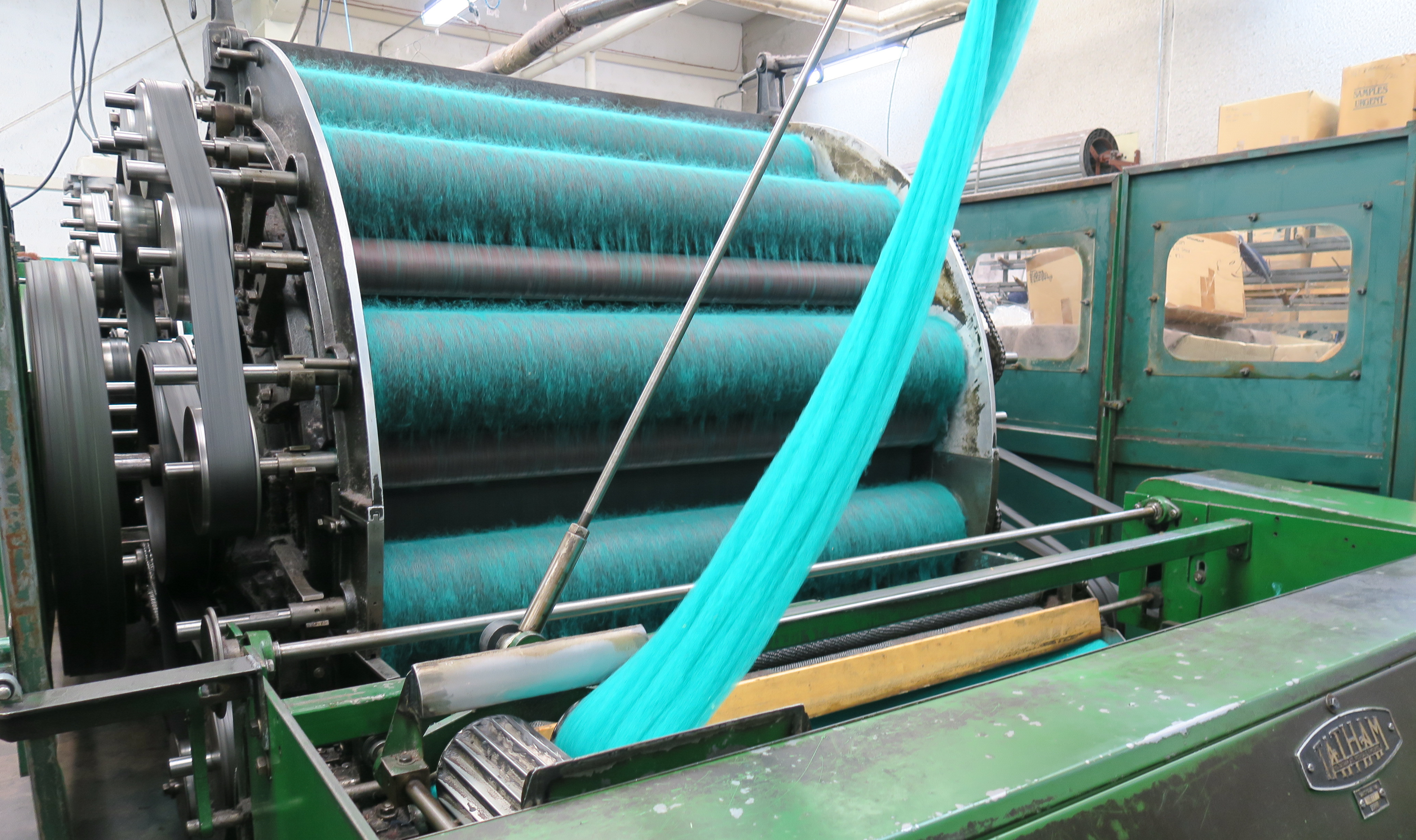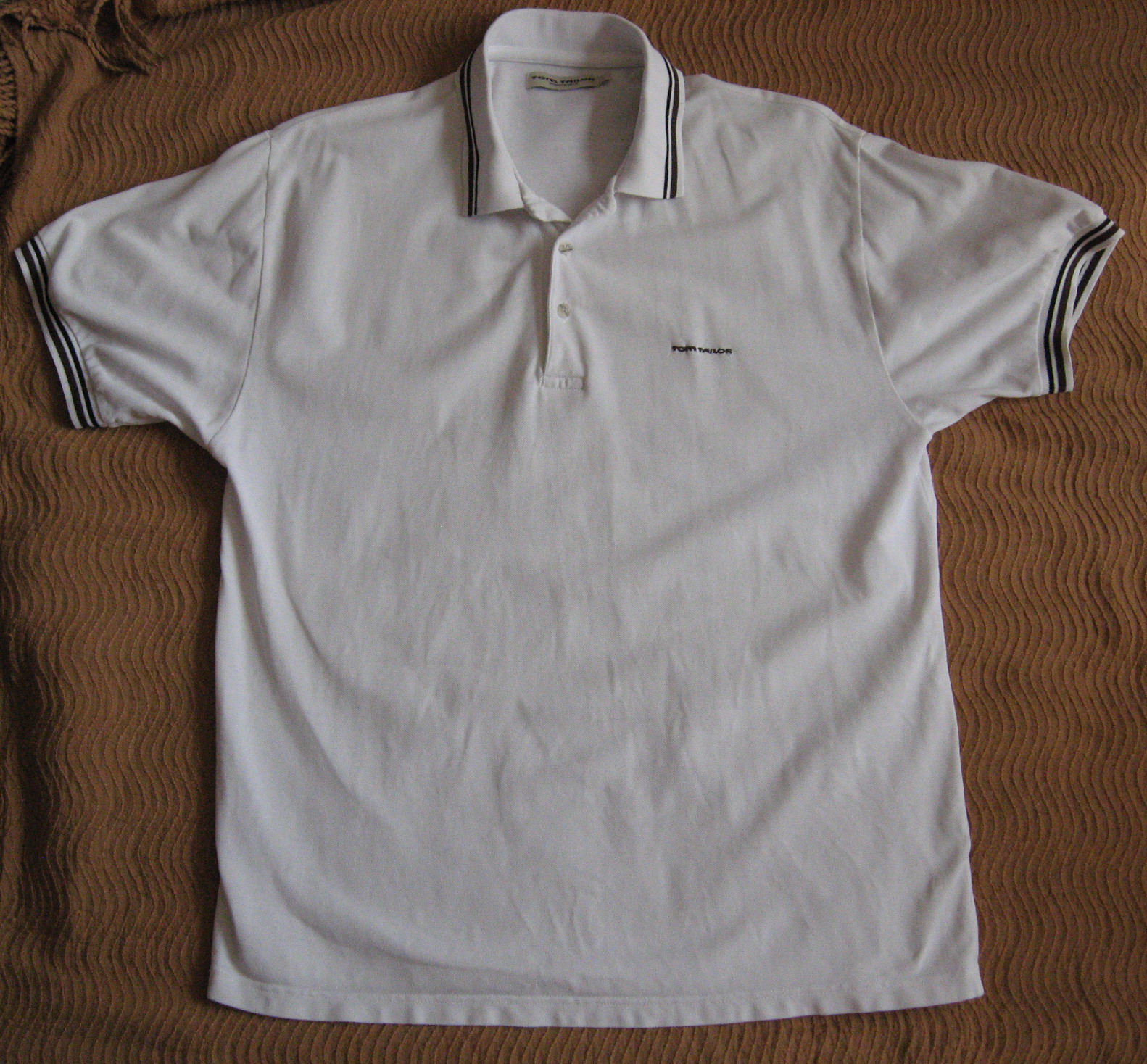|
Woolens
Woolen (American English) or woollen (Commonwealth English) is a type of yarn made from carded wool. Woolen yarn is soft, light, stretchy, and full of air. It is thus a good insulator, and makes a good knitting yarn. Woolen yarn is in contrast to worsted yarn, in which the fibers are combed to lie parallel rather than carded, producing a hard, strong yarn. Commercial manufacture The woolen and worsted process both require that the wool (and other similar animal fibres, cashmere, camel, etc.) be cleaned before mechanical processing. Woolen and worsted nomenclatures apply only to the textile processing of animal fibres, but it has become common to include fibre blends under these terms. The resultant fabrics will be classified as being either woolen or worsted, but this designation is assigned during fiber processing and yarn formation, not in the cloth or finished garment. A woven woolen fabric is one which is subjected to fabric finishing techniques designed to add a direct ... [...More Info...] [...Related Items...] OR: [Wikipedia] [Google] [Baidu] |
American English
American English, sometimes called United States English or U.S. English, is the set of variety (linguistics), varieties of the English language native to the United States. English is the Languages of the United States, most widely spoken language in the United States and, since 2025, the official language of the United States. It is also an official language in 32 of the 50 U.S. states and the ''de facto'' common language used in government, education, and commerce in all 50 states, the District of Columbia, and in all territories except Puerto Rico. Since the late 20th century, American English has become the most influential form of English worldwide. Varieties of American English include many patterns of pronunciation, vocabulary, grammar, and particularly spelling that are unified nationwide but distinct from other forms of English around the world. Any North American English, American or Canadian accent perceived as lacking noticeably local, ethnic, or cultural markedness ... [...More Info...] [...Related Items...] OR: [Wikipedia] [Google] [Baidu] |
Suiting
A suit, also called a lounge suit, business suit, dress suit, or formal suit, is a set of clothes comprising a suit jacket and trousers of identical textiles generally worn with a collared dress shirt, necktie, and dress shoes. A skirt suit is similar, but with a matching skirt instead of trousers. It is currently considered semi-formal wear or business wear in contemporary Western dress codes; however, when the suit was originally developed it was considered an informal or more casual option compared to the prevailing clothing standards of aristocrats and businessmen. The lounge suit originated in 19th-century Britain as sportswear and British country clothing, which is why it was seen as more casual than citywear at that time, with the roots of the suit coming from early modern Western Europe formal court or military clothes. After replacing the black frock coat in the early 20th century as regular daywear, a sober one-coloured suit became known as a lounge suit. Suits are ... [...More Info...] [...Related Items...] OR: [Wikipedia] [Google] [Baidu] |
Yarn
Yarn is a long continuous length of interlocked fibres, used in sewing, crocheting, knitting, weaving, embroidery, ropemaking, and the production of textiles. '' Thread'' is a type of yarn intended for sewing by hand or machine. Modern manufactured sewing threads may be finished with wax or other lubricants to withstand the stresses involved in sewing. Embroidery threads are yarns specifically designed for needlework. Yarn can be made of a number of natural or synthetic materials, and comes in a variety of colors and thicknesses (referred to as "weights"). Although yarn may be dyed different colours, most yarns are solid coloured with a uniform hue. Etymology The word " yarn" comes from Middle English, from the Old English , akin to Old High German ', "yarn", Dutch ', Ancient Greek (''chordē'', "string"), and Sanskrit , "band". It originally referred to entrails. History The human production of yarn is known to have existed since the Stone Age and earlier p ... [...More Info...] [...Related Items...] OR: [Wikipedia] [Google] [Baidu] |
Spinning
Spin or spinning most often refers to: * Spin (physics) or particle spin, a fundamental property of elementary particles * Spin quantum number, a number which defines the value of a particle's spin * Spinning (textiles), the creation of yarn or thread by twisting fibers together, traditionally by hand spinning * Spin (geometry), the rotation of an object around an internal axis * Spin (propaganda), an intentionally biased portrayal of something Spin, spinning or spinnin may also refer to: Physics and mathematics * Spin group, Spin(''n''), a particular double cover of the special orthogonal group SO(''n'') ** the corresponding spin algebra, \mathfrak(n) * Spin tensor, a tensor quantity for describing spinning motion in special relativity and general relativity * Spin (aerodynamics), autorotation of an aerodynamically stalled aeroplane * SPIN bibliographic database, an indexing and abstracting service focusing on physics research Textile arts * Spinning (polymers), a process ... [...More Info...] [...Related Items...] OR: [Wikipedia] [Google] [Baidu] |
Royal Ontario Museum
The Royal Ontario Museum (ROM) is a museum of art, world culture and natural history in Toronto, Ontario, Canada. It is one of the largest museums in North America and the largest in Canada. It attracts more than one million visitors every year, making it List of most-visited museums by region, the most-visited museum in Canada. It is north of Queen's Park (Toronto), Queen's Park, in the University of Toronto district, with its main entrance on Bloor Street, Bloor Street West. Museum station (Toronto), Museum subway station is named after it and, since a 2008 renovation, is decorated to resemble the ROM's collection at the platform level; Museum station's northwestern entrance directly serves the museum. Established on April 16, 1912, and opened on March 19, 1914, the ROM has maintained close relations with the University of Toronto throughout its history, often sharing expertise and resources. It was under direct control and management of the University of Toronto until 1968, w ... [...More Info...] [...Related Items...] OR: [Wikipedia] [Google] [Baidu] |
Medley Cloth
Medley cloth or Medleys or Medley Spanish cloth was a woollen cloth made with mixed dyed fleece in two or more colors. The process comprises the mixing of wool of two or several colors in different proportions before spinning. It was practiced in the 17th century in England. Since the wool was imported from Spain, Medleys were also called Spanish cloth. The known production cities were Westbury, Wiltshire and Trowbridge Trowbridge ( ) is the county town of Wiltshire, England; situated on the River Biss in the west of the county, close to the border with Somerset. The town lies south-east of Bath, Somerset, Bath, south-west of Swindon and south-east of Brist .... Properties Medley was a newer cloth of that time, and it was relatively a lighter woolen variety. References Woven fabrics Woolen clothing {{textile-stub ... [...More Info...] [...Related Items...] OR: [Wikipedia] [Google] [Baidu] |
Durants
Durant (also Durance, Duroy) was a glazed woolen material of the 18th century. Durant was hot-pressed with a fold in the middle, leaving a crease in the fabric. Durant was manufactured in England. Weave Durant was a plain weave fabric, similar to other glazed woolen cloths such as Tammy and Calamanco. Use Durant was used for quilts, upholstery Upholstery is the work of providing furniture, especially seats, with padding, springs, webbing, and fabric or leather covers. The word also refers to the materials used to upholster something. ''Upholstery'' comes from the Middle English wor ... and clothing. References Woolen clothing Woven fabrics {{textile-stub ... [...More Info...] [...Related Items...] OR: [Wikipedia] [Google] [Baidu] |
Anabasse
Anabasse was a coarse woolen material, a kind of blanketing made in France and the Netherlands for the African market, or a type of coarse blanketing made in Lancashire using a wool warp and a cotton weft. History The term originally meant a type of striped loincloth manufactured in India. See also * Woolen Woolen (American English) or woollen (Commonwealth English) is a type of yarn made from carded wool. Woolen yarn is soft, light, stretchy, and full of air. It is thus a good insulator, and makes a good knitting yarn. Woolen yarn is in contrast t ... References Woolen clothing Woven fabrics {{textile-stub ... [...More Info...] [...Related Items...] OR: [Wikipedia] [Google] [Baidu] |
Carding
In Textile manufacturing, textile production, carding is a mechanical process that disentangles, cleans and intermixes fibres to produce a continuous web or sliver (textiles), sliver suitable for subsequent processing. This is achieved by passing the fibres between differentially moving surfaces covered with "card clothing", a firm flexible material embedded with metal pins. It breaks up locks and unorganised clumps of fibre and then aligns the individual fibres to be parallel with each other. In preparing wool fibre for Spinning (textiles), spinning, carding is the step that comes after teasing. The word is derived from the Latin meaning thistle or Dipsacus, teasel, as dried vegetable teasels were first used to comb the raw wool before technological advances led to the use of machines. Overview The ordered fibres can then be passed on after carding to other processes that are specific to the desired end use of the fibre: Cotton mill, Cotton, Batting (material), batting, felt, ... [...More Info...] [...Related Items...] OR: [Wikipedia] [Google] [Baidu] |
Rolag
A rolag (Scottish Gaelic: roileag) is a roll of fibre generally used to spin woollen yarn. A rolag is created by first carding In Textile manufacturing, textile production, carding is a mechanical process that disentangles, cleans and intermixes fibres to produce a continuous web or sliver (textiles), sliver suitable for subsequent processing. This is achieved by passi ... the fibre, using handcards, and then by gently rolling the fibre off the cards. If properly prepared, a rolag will be uniform in width, distributing the fibres evenly. The word derives from the Scottish Gaelic word for a small roll. Animal fibres have traditionally been used to create rolags, but today's spinners use many different fibre materials, including manufactured and plant fibres. References {{Spinning Spinning Fibers ... [...More Info...] [...Related Items...] OR: [Wikipedia] [Google] [Baidu] |
Long Draw (spinning)
Long draw is the spinning technique used to create woolen yarns. It is spun from carded rolags. It is generally spun from shorter stapled fibers. Long draw spun yarns are light, lofty, stretchy, soft, and full of air, thus they are good insulators,Huebscher Rhoades, Carol. "Spinning Basics: The Long Draw." ''SpinOff'' Winter 2004: 74-76. and make good knitting yarns. Long draw spinning is most often contrasted to the short draw technique used to spin worsted yarns. Technique The first step to spin a true woolen yarn is to card the fiber into a rolag A rolag (Scottish Gaelic: roileag) is a roll of fibre generally used to spin woollen yarn. A rolag is created by first carding In Textile manufacturing, textile production, carding is a mechanical process that disentangles, cleans and interm ... using handcarders. The rolag is spun without much stretching of the fibers from the cylindrical configuration. The hand holding the fiber is the active hand, and the one closer t ... [...More Info...] [...Related Items...] OR: [Wikipedia] [Google] [Baidu] |
Knitwear
Knitted fabric is a textile that results from knitting, the process of inter-looping of yarns or inter-meshing of loops. Its properties are distinct from woven fabric in that it is more flexible and can be more readily constructed into smaller pieces, making it ideal for socks and hats. Weft-knit and warp-knit fabric There are two basic varieties of knit fabric: weft-knit and warp-knit fabric. Warp-knitted fabrics such as tricot and milanese are resistant to runs, and are commonly used in lingerie. Weft-knit fabrics are easier to make and more common. When cut, they will unravel (run) unless repaired. Warp-knit fabrics are resistant to runs and relatively easy to sew. Raschel lace—the most common type of machine made lace—is a warp knit fabric but using many more guide-bars (12+) than the usual machines which mostly have three or four bars. (14+) Structure of knitted fabrics Courses and wales In weaving, threads are always straight, running parallel either length ... [...More Info...] [...Related Items...] OR: [Wikipedia] [Google] [Baidu] |



